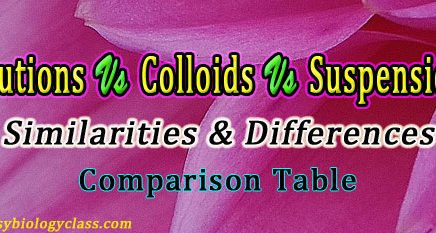
Difference between Lyophilic and Lyophobic Sols – Comparison Table
Lyophilic Sols vs Lyophobic Sols Sols are colloidal systems in which a solid is dispersed in a liquid. There are two types of sols – […]

Lyophilic Sols vs Lyophobic Sols Sols are colloidal systems in which a solid is dispersed in a liquid. There are two types of sols – […]

Alpha vs Beta vs Gamma Rays Unstable atoms on radioactive decay emit particles such as alpha particles, beta particles and gamma rays. These are energy […]

Alpha Rays vs Beta Rays vs Gamma Rays An unstable atomic nuclei loss its energy by emitting radiations such as alpha rays, beta rays and […]

Proportional Counter vs GM Counter Proportional counter and GM counters are devices to detect and quantify radiations. The proportional counter is able to detect the […]

GM Counter vs Scintillation Counter Geiger–Müller or GM Counter and Scintillation Counter are two commonly used devices to detect and quantify the radiation. The GM […]

GSC vs GLC Gas Chromatography or GC is a chromatographic technique used for the separation of volatile compounds. In GC, a mixture of volatile compounds […]

Phase Contrast vs DIC Phase Contrast and Differential Contrast Microscopes Phase contrast microscopy and Differential Interference Contrast (DIC) microscopy are two advanced optical light microscopy […]

Covalent vs Hydrogen Bond Difference between Covalent and Hydrogen Bond: The chemical bonds are stable attractions between atoms, ions or molecules. The formation of chemical […]

True Solution vs Colloidal Solution vs Suspension Based on the nature of particle size, solutions are classified into THREE categories, namely (1) True Solution, (2) […]